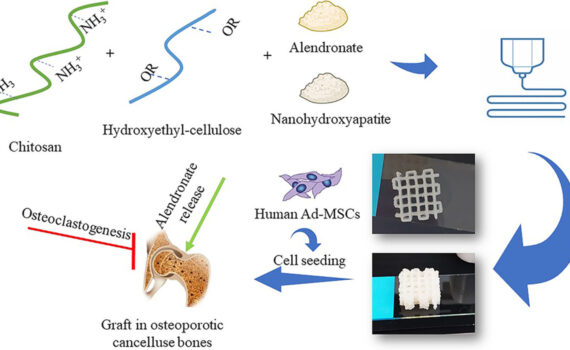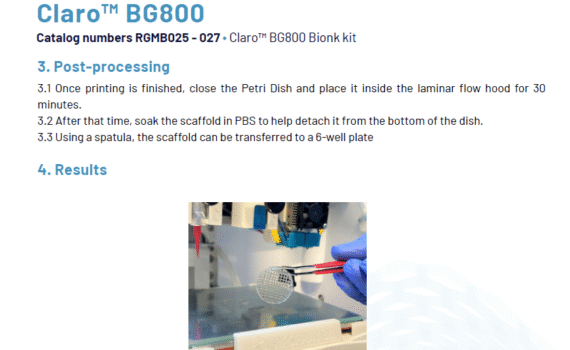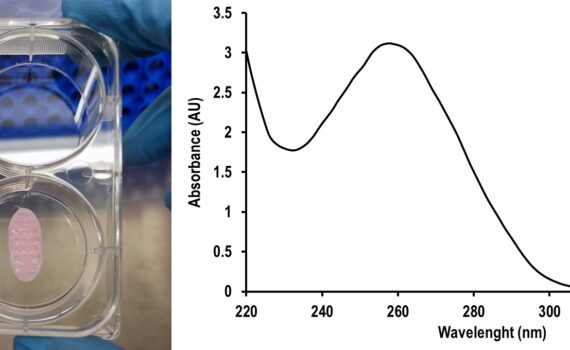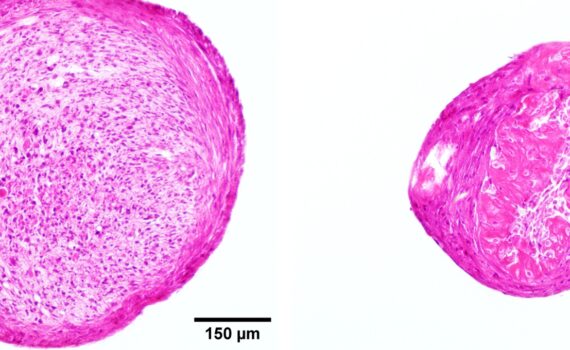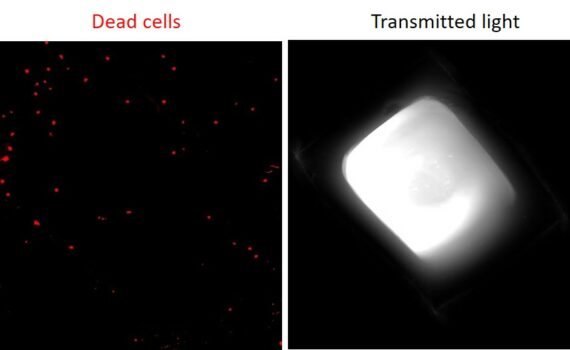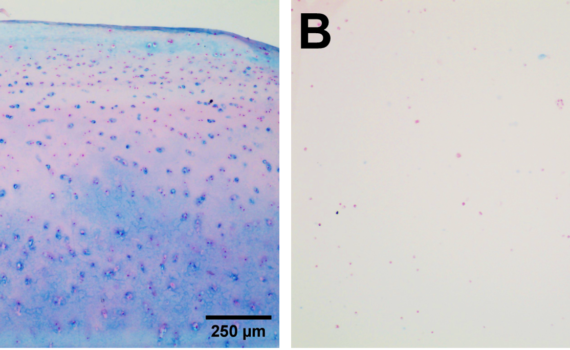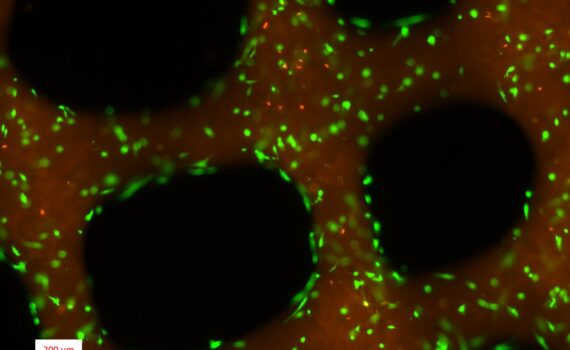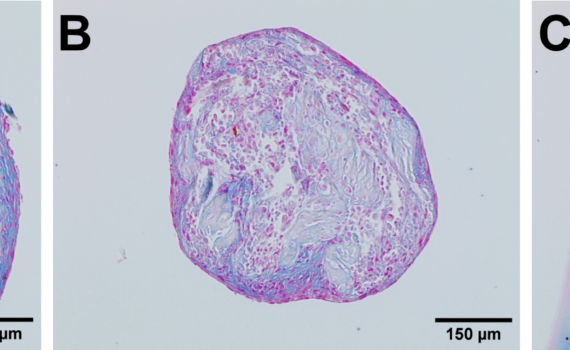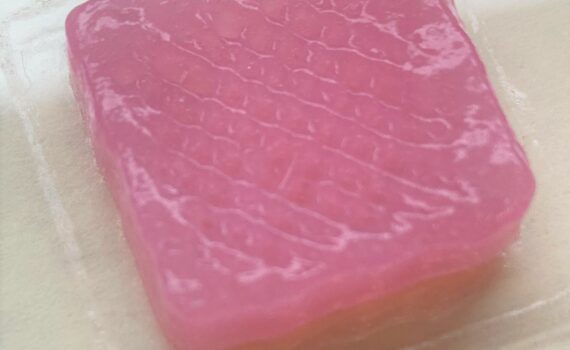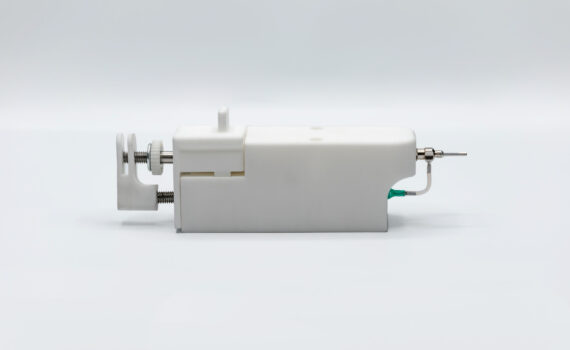00 This protocol describes a static compression test for evaluating the mechanical properties of 3D-printed scaffolds. Static compression test can be performed for 3D bioprinted hydrogel-based scaffolds using TA instruments. To mimic the physiological environment of the body, it is recommended to perform the compression test in a wet […]
Bio ink development
+10 Materials • Claro™ BG800 Bionk kit (REGEMAT 3D, RGMB025 – 027)* • 5 cc syringe (REGEMAT 3D, xxxx)* • Blue syringe tips (details) • Phosphate Buffer Saline (PBS) Equipment • Dual Tempered Syringe (REGEMAT 3D, XXXX)* • UV light tool (450 nm, REGEMAT 3D, XXXX) • BIO V1 or […]
00 INTRODUCTION Tissue engineering aims for assembling functional constructs that restore, maintain, or improve damaged tissues or whole organs. In the quest for the optimal tissue-engineered solution per specific application, the employment of gene expression analysis techniques is commonly desired. A pre-requisite for gene expression analysis is the isolation of […]
+10 INTRODUCTION Hematoxylin-Eosin stain (H&E stain) is one of the main tissue stains used in histology. It is the most widely used stain in medical diagnosis and is often the gold standard in histopathology. H&E is the combination of two histological stains: hematoxylin and eosin. Nuclei stained with hematoxylin display […]
+10 Introduction Thermoplastic polyurethanes (TPU) are a category of materials broadly used for biomedical purposes thanks to their biocompatibility, elasticity and strength. Among the different manufacturing techniques, 3D printing technology has attracted significant attention for the production personalized TPU-based medical devices over the last decade. The preference of this technique […]
+10 INTRODUCTION Alginate, also known as alginic acid, is a natural polysaccharide found in brown algae. It has a linear copolymer structure comprised of homopolymeric blocks of (1→4)-linked β-D-mannuronate and α-L-guluronate residues. Given the similarity of its chemical structure to polysaccharides naturally present in the extracellular matrix of human tissues, […]
00 INTRODUCTION Gelatin hydrogels have attracted significant attention in the field of regenerative medicine, and more specifically, in their use as wound dressings and artificial tissue replacements. Among the different photo-crosslinkable gelatin materials, gelatin methacryloyl (GelMA) hydrogels display a series of advantages, such as good biocompatibility (including biosafety and biological […]
+30 INTRODUCTION Hydrogels are at the forefront of 3D bioprinting and tissue engineering. However, the wide variety of choices available, and the diverse physicochemical nature of the biomaterials comprising the hydrogels, complicate the selection of the most adequate formulation for each specific application. The purpose of this method is to […]
+20 INTRODUCTION Collagen is the most abundant structural protein in the extracellular matrix (ECM), accounting for 30% of the total body protein content in humans. Amongst the 28 types of collagen that have been already identified, collagen type I is the most abundant by far, playing its most prominent functional […]
+10 INTRODUCTION Alginate is a FDA-approved natural polysaccharide extracted from brown algae with multiple applications in the food, cosmetic, and pharmaceutical industries. Its outstanding features including high biocompatibility, ease of gelation, tailorable rheological properties and degradation kinetics make it ideal for 3D bioprinting applications. Alginate hydrogels can be ionically crosslinked […]

